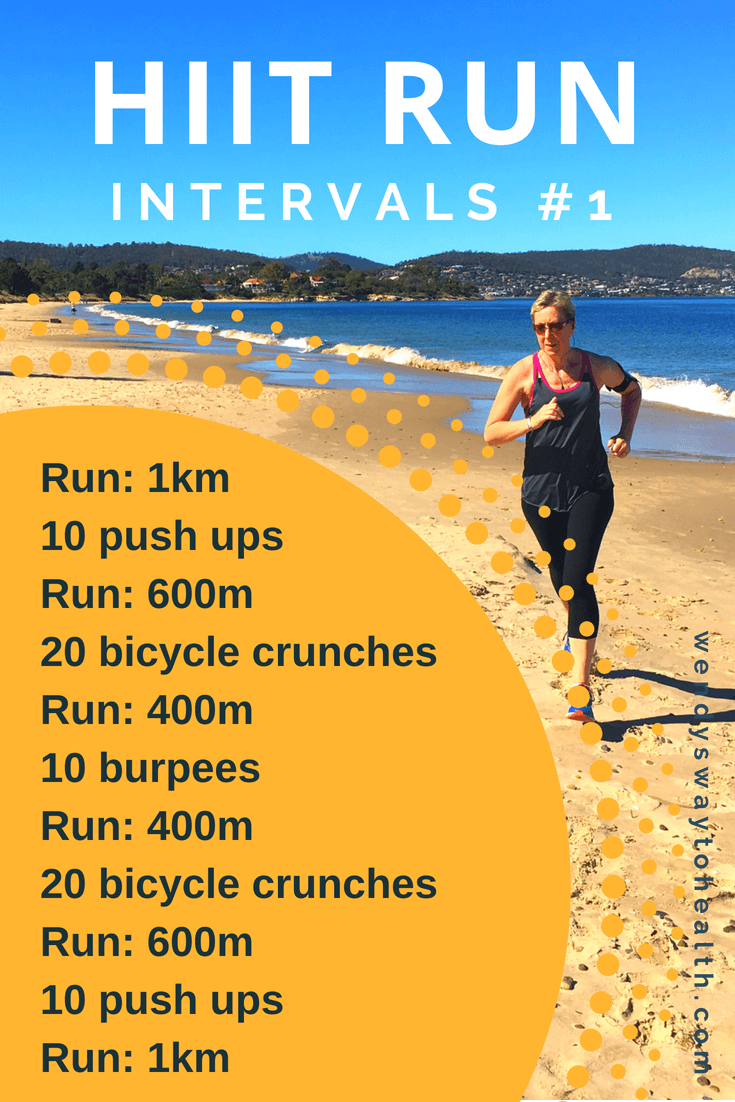Control Your Runs: Proven Strategies for Effective Running Workout
Control Your Runs: Proven Strategies for Effective Running Workout
Blog Article
The Ultimate Guide to Managing Discomfort When Running
Whether you are an experienced marathoner or just starting your running journey, understanding the numerous types of pain that can emerge and the techniques to resolve them is critical. From pre-run warm-up routines to proper footwear selection, there are countless factors to take into consideration when it comes to dealing with pain while running.

Recognizing Different Types of Running Pain
When running, it is important to differentiate between various kinds of discomfort to stop injuries and optimize efficiency (Read More). One typical sort of pain that joggers may experience is muscular tissue soreness, which typically arises from the stress and anxiety put on muscle mass during workout. This type of discomfort is often a regular part of the running procedure and can be handled via correct warm-up, cool-down, and stretching regimens
One more kind of discomfort to be knowledgeable about is joint discomfort. Joint discomfort can show problems such as overuse, inappropriate type, or underlying conditions like joint inflammation. Overlooking joint discomfort can result in extra serious injuries, so it is important to deal with any kind of pain quickly and potentially look for expert advice.
In addition, sharp or stabbing pains should not be ignored. These kinds of discomfort can signify acute injuries such as strains, strains, or stress cracks - running strategy. Remaining to go through these sorts of pain can worsen the injury and prolong recovery time

Pre-Run Workout and Extending Routine
To prepare the body for a running session, implementing an efficient pre-run warm-up and stretching regular is important. A correct workout helps increase blood circulation to the muscular tissues, boosts flexibility, and reduces the danger of injury during the run. Begin with dynamic stretches like leg swings, arm circles, and high knees to gradually elevate your heart price and chill out the muscular tissues. Dynamic stretching aids mimic the movements you'll be doing while running, preparing your body for the activity ahead. Follow this with static stretches concentrating on significant muscle teams such as the hamstrings, quadriceps, calves, and glutes. Hold each stretch for concerning 15-30 secs without bouncing to advertise muscle mass leisure and flexibility. Keep in mind to pay attention to your body and adjust the strength of your workout based upon your fitness degree and any kind of pre-existing problems. By including a consistent pre-run workout and extending routine right into your running program, you can enhance performance and lessen the danger of pain or injury.
Appropriate Footwear Option and Fit
Selecting appropriate shoes that fits well is important for runners to protect against discomfort and decrease the risk of injuries. Ill-fitting shoes can bring about sores, black toenails, shin splints, and various other painful conditions that can prevent performance and sideline training. When picking operating shoes, it is important to think about elements such as foot type, running gait, arch support, padding, and footwear dimension. running strategy. Visiting a specialty running shop for a gait analysis and specialist fitting can assist ensure that you choose the right footwear for your individual demands. Running shoes must give ample assistance and stability while also fitting and light-weight. Additionally, it is suggested to change your operating footwear every 300-500 miles to preserve appropriate padding and support. Buying high-grade footwear that is ideal for your running design and foot composition is an aggressive action towards protecting against pain and injuries during your runs.
Nourishment and Hydration Tips for Discomfort Prevention

Hydration is equally crucial for runners to avoid pains, dehydration, and other discomforts that can lead to pain during running. By focusing on nutrition and hydration, runners can improve their efficiency, lessen discomfort, and enjoy an extra comfortable running experience.
Post-Run Recuperation Techniques to Alleviate Pain
Carrying out efficient recuperation techniques is vital for minimizing pain and promoting muscle recovery after running sessions. One crucial post-run recovery strategy is extending. Including static go for major muscular tissue groups can help in reducing muscle mass tension i loved this and pain. Foam rolling is one more advantageous method to release muscular tissue tightness and improve blood flow to the muscular tissues, assisting in quicker healing. Additionally, icing sore locations for 15-20 minutes can aid reduce swelling and numb discomfort post-run.
Consuming a well balanced snack or dish that includes healthy protein and carbs within 30 mins of ending up a run can assist fix muscle cells and renew power shops. By integrating these post-run healing techniques into your regimen, you can efficiently take care of discomfort and optimize your running performance.
Verdict
In final thought, resolving various kinds of running pain through proper workout, extending, footwear choice, nourishment, hydration, and post-run recovery strategies is necessary for pain avoidance and management. By understanding the reasons for pain and implementing these strategies, joggers can reduce pain and potential injuries. It is essential to focus on overall physical wellness and health to make sure an effective and pleasurable running experience.
Report this page